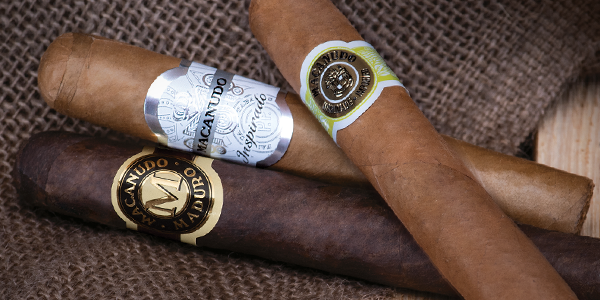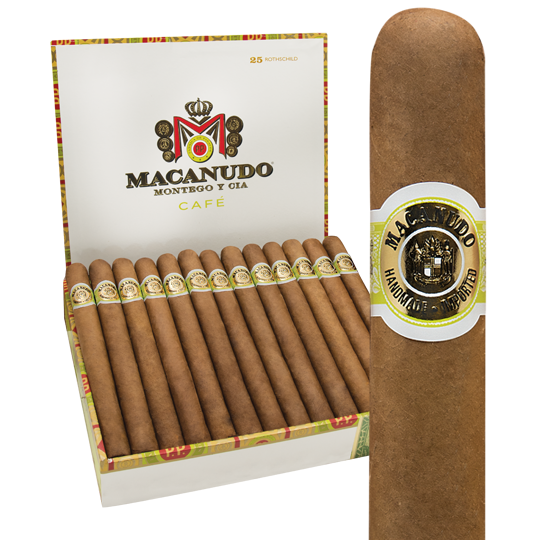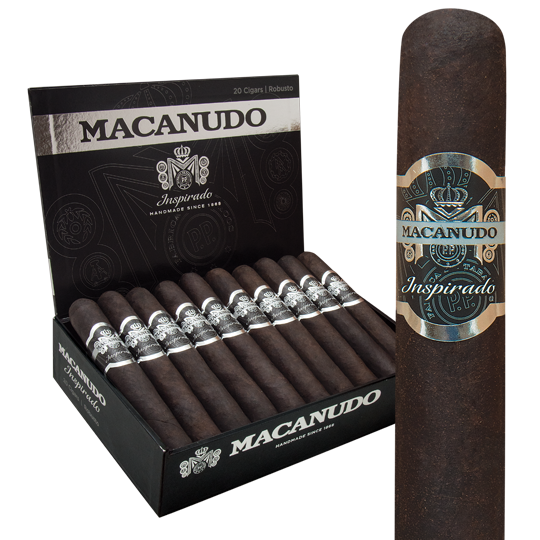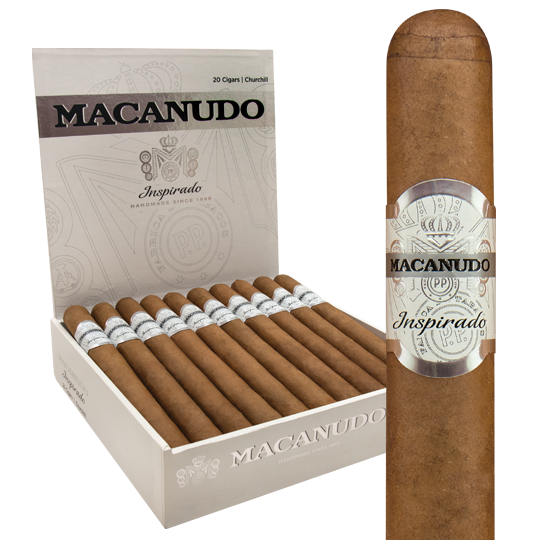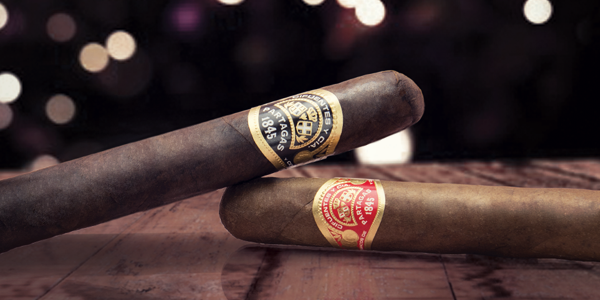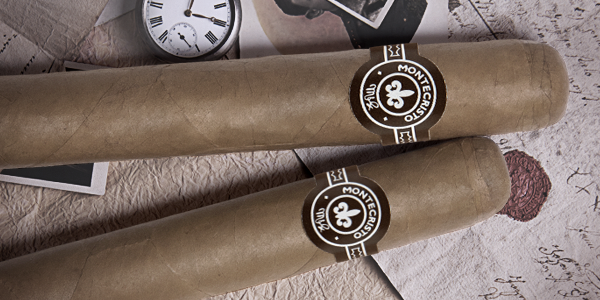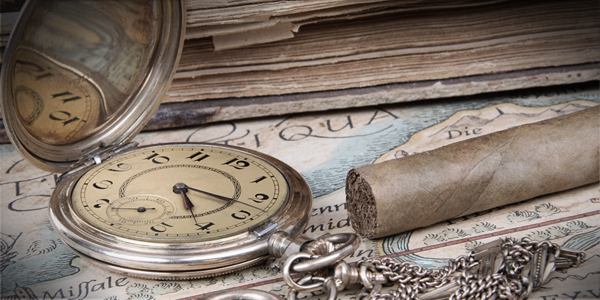History of Macanudo Cigars
First, there’s the name. ‘Macanudo.’ The word is most common in Argentine slang and means magnificent, terrific, great or just cool. The origins are thought to be from the indigenous Quechua or Mapudungun. Today, and for us, it signifies a cigar that was the first for many aficionados because it was relatively mild. Like our own tastes, the Macanudo cigar continues to evolve.
Macanudo was originally the name for a size produced in Guatemala by the makers of Cuban Punch cigars. It later became the property of Temple Hall, a Jamaican cigar-maker that produced Macanudo mainly for the British market. In 1969, the General Cigar Company acquired the Temple Hall factory in Kingston. Over the next couple of years, General would rework the Macanudo blend, testing leaf from all over the world. The legendary blender, Alfons Mayer, created a new Macanudo. Mayer learned his cigar craft in Cuba while working for General Cigar prior to its acquisition in 1961 by Edgar Cullman and his associates.
‘Alfons’ tobacco knowledge was peerless,’ reports the Macanudo website, ‘and he was ultimately charged by Edgar [Cullman] to lead blend development for General Cigar, working out of the company’s Jamaican factory. Edgar wanted a cigar with an aged wrapper, something none of the other cigar makers were doing at that time.’
In 1971, under the direction of another legend, Ramón Cifuentes of Cuban Partagás fame, General Cigar launched the new Macanudo. The blend contained Dominican, Jamaican and Mexican tobaccos. The wrapper was from Connecticut, grown by a division of General Cigar, where the Cullman family had been growing tobacco since the early 1900s. The wrapper was aged up to three years and delivered sweet notes that the company believed would appeal especially to American smokers.
Marketing and great salesmanship lifted the Macanudo brand quickly and new sizes were added to the Macanudo ‘Cafe’ line. The brand was available in restaurants and shops across the United States, with ads selling Macanudo as “the ultimate cigar.” For years, that cigar remained essentially the same, but in 2000 the factory in Jamaica was closed and operations – and the making of Macanudo -- moved to the Dominican Republic.
The first Macanudo I recall smoking was the ‘Portofino.’ This 7 x 34 Lonsdale in a tube always seemed tight on the draw, but had a consistently mild and balanced flavor. By way of comparison, the Macanudo that I favored was the ‘Hyde Park Cafe,’ a Corona Gorda/Robusto, 5 1/2 x 49, that allowed for more tobacco to be wrapped inside the light brown Connecticut Shade leaf. The draw was always easy and delivered some nice, light spice notes in what rose to a more medium-bodied taste. Today, this is a mild cigar on our current spectrum, still made superbly well and one that is elegant and reasonably priced below $8.
Macanudo, like many other brands, has now added more variety to its catalog. I especially like the ‘Inspirado’ line, originally made exclusively for the European markets, but now available in the U.S. Inspirado Black is a full-bodied blend with a gorgeous Habano wrapper that envelops a much more complex mix of Dominican, Honduran and Nicaraguan tobaccos. The result is a lot of coffee, chocolate, wood and toasted nuts in the smoke. There’s a Churchill, 7 x 48, at about $8 that is a great after-dinner cigar. A Robusto and Toro are also available. The Inspirado White is going to be a bit more familiar to Macanudo fans. It’s a mild-medium blend of Indonesian, Nicaraguan and Mexican long-filler contained in an Ecuador Connecticut wrapper. The flavor is creamier than the Black, but still has nice coffee notes. The same sizes are available in this line.
Not to be left out of the trend toward enormous cigars, Macanudo Cru Royale brings you the ‘Gigante.’ It’s 6 x 60, about $8, and hits a sweet spot of medium strength with the blend of Nicaraguan, Dominican and Brazilian tobaccos. Leather, nuts and spice all come through. Robusto and Toro are also offered here.
Today, General Cigar is a large tobacco conglomerate, home to Macanudo and other iconic brands made for the U.S. market, including Cohiba, Partagas, and La Gloria Cubana. Macanudo is distinct in the company’s portfolio, however, as it is the longest-tenured brand developed from its inception exclusively to satisfy U.S. consumers in the wake of the Cuban embargo. The familiar, “Macanudo Montego y Cia,” still adorns a host of the brand’s boxes inside and out. With a broad marketing agenda and the burgeoning resources available to General Cigar, Macanudo remains relevant as its evolution crosses paths with a number of contemporary brands. If it’s too late to count Macanudo as your first cigar, it certainly isn’t too late to taste what the best Macanudo cigars have to offer nowadays. And that, as they might say in Buenos Aires, is macanudo, che.

